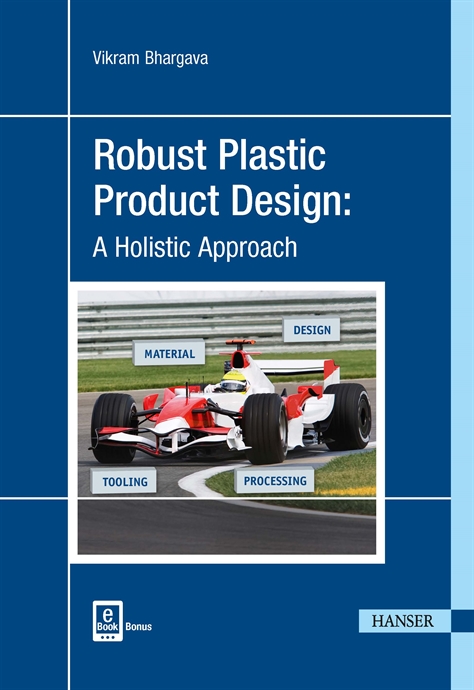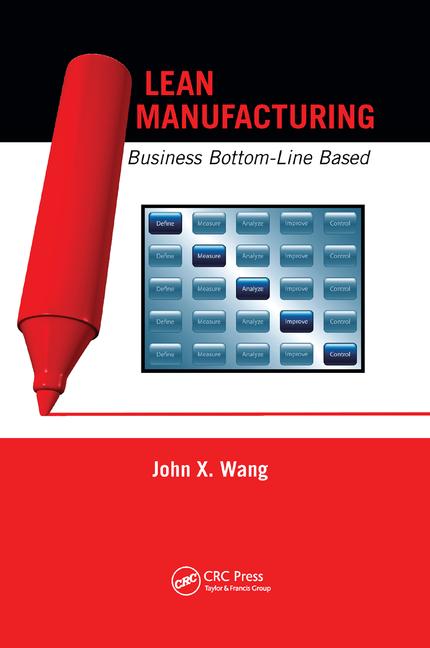Anand Sharma, president and CEO of TBM Consulting Group (Raleigh, NC), wondered whether the best of both strategies couldn’t be combined: the statistical tools of Six Sigma and the urgency of lean manufacturing. Sharma details his hybrid improvement strategy, which he dubs "LeanSigma," in his new book, The Perfect Engine, co-authored with Patricia E. Moody (The Free Press, 2001).
Q: How does LeanSigma build on the concepts of lean manufacturing?
Sharma: One positive aspect of lean manufacturing is that it relies on real-time observations. During kaizen events, if you see problems, you take immediate action to improve them. There’s a sense of urgency and extensive team involvement. But, lean manufacturing doesn’t handle random issues well. If you can’t observe it, you can’t improve it.
One of the best aspects of Six Sigma is that it can handle multiple variables. You can design experiments. You don’t need to handle all the variables intuitively. But, it’s slow, and it focuses on the individual, rather than the team.
With LeanSigma, we get the best of both. By including black belts on a kaizen team, they become a resource for the team, but not a focus of it. Their statistical analyses are made relevant through real-time observations. That’s important, because information you collected yesterday may not be relevant today. You get improvement in 4 to 6 weeks, rather than 4 to 6 months.
Q: How do you get the most out of kaizen events?
Sharma: First, select the right project. Kaizen events don’t just improve processes. They empower your workforce. With that in mind, companies should select projects that will lead to significant changes. You don’t want an out-of-the-way process.
You should also build your team carefully. One-third of the team should be people directly involved with the process, including operators. Another third should be quality engineers, manufacturing engineers and materials personnelpeople who are familiar with the process, but from an outside viewpoint. The remaining third should be outsiders who have no idea what the process is. These could be your customers, suppliers, office staff or sales forcepeople who can ask dumb questions.
Finally, the team must have a strong leader who can balance action and teamwork. If you are too team-focused, you will go around in circles. If you are too action-focused, no one else will learn.
Q: What mistakes do companies make when designing new products?
Sharma: One of the biggest is to trust their marketing forecasts. Marketing predicts that demand will be 100,000 units this year, 500,000 next year, and 1 million the following year. Manufacturing doesn’t want to be caught short, so it prepares for the highest volume now and spends a ton of money. Unfortunately, forecasts are forecasts. More often than not, the surprises are on the wrong side of the ledger.
Another mistake is to commit too quickly to hard tooling once a prototype is designed. When that happens, you take your options away. You get the most relevant input from your customers after the product has been tested in the field. If you’ve already committed to hard tooling, you can’t use that data.
A third mistake is to stay in your comfort zone. If you always stick with the familiar, you will be grounded in the past.
Q: How do you avoid those mistakes?
Sharma: Manufacturers can attack that last issuestaying in familiar groundthrough "managed creativity." First, pick some aspect of the product that you want to see different. Then, form a team of 12 to 15 people to work on ideas. The team should include designers, manufacturing engineers, quality engineers, service technicians, and even some customers. Tell them what’s required, then give them a week to come up with a solution.
Team members should be encouraged to sketch their ideas, rather than write them down. We advise people to use examples from nature, to use their imaginations, to be a little silly. The goal is to come up with at least seven alternatives. If you ask for two or three alternatives, you can always dig back for something familiar that worked in the past. But, if you’re forced to get seven, you won’t have that historical background. Amazingly, people usually go way beyond seven ideas. When you have picked the three best ideas, construct 3D models of them. This can be done using cardboard, Styrofoam, rubber, wood, whatever. You’ll quickly learn what concepts, dimensions and processes are not going to work.
As for equipment investment, manufacturers should focus on the short-term forecast rather than long-term. Your chances of success are much better if you build a line that can produce 100,000 widgets now, than if you build a line that can produce 1 million widgets 3 years from now. Your processes will be less automated and more manual, but your investment will be much lower and your line will be more flexible. If sales take off, you can simply duplicate that line. And each time you do, you have an opportunity to improve the process.
Q: You recommend that manufacturers maintain in-house machine building expertise. Why?
Sharma: It’s the only way to get true competitive advantage. If you use standardized equipment, anyone else can have it, too. Machine builders are driven by speed. But, speed is only good if it’s tied to demand. We advise manufacturers to use simple, inexpensive and specialized machines tied to their takt Arial.
For example, Pella Corp. spent $600,000 on equipment to make sashes for six window lines. Because the equipment was not flexible, Pella would make a bunch of sashes, store them, and move them back out. It was not very responsive. We challenged a team at Pella to create a better solution.
Within 3 months, the team built a line that cost $55,000, took up 90 percent less space, and required less than half the labor. Now, sash production is tied directly to demand. And, Pella got an unexpected benefit. The company used to sand sashes before installing them. That’s because the sashes were handled so many Arial, they got nicked up. Now, because the sashes are made one at a time and installed right away, sanding isn’t necessary.



